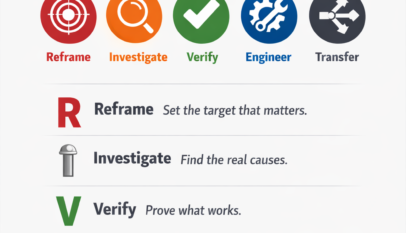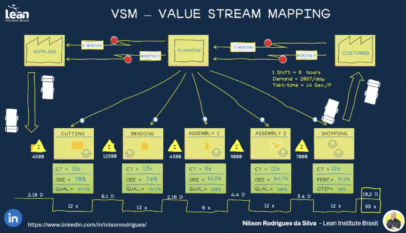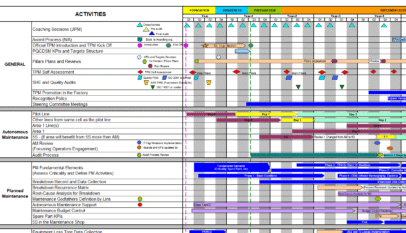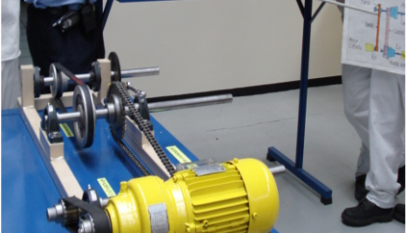Effective maintenance scheduling is the backbone of efficient operations. Maintenance teams can follow a set of well-established principles to ensure that all tasks are completed on time, reducing downtime and enhancing productivity. In this post, we will explore six key principles of maintenance scheduling and how they can enhance your maintenance operations.
Principle 1: Detailed Job Plans
Successful maintenance scheduling begins with detailed job plans. These plans should include the number of persons required, the skill levels needed, work hours per skill level, and job duration. By having this information in advance, schedulers can allocate resources more effectively, ensuring that the right people are available for the right tasks at the right time.
Principle 2: Adherence to Schedules
Weekly and daily schedules must be adhered to as closely as possible. Prioritizing new work orders is crucial to prevent interruptions. By maintaining strict adherence to these schedules, maintenance teams can ensure a steady workflow and minimize delays caused by unexpected tasks.
Principle 3: One-Week Schedules
Schedulers should develop a one-week schedule for each crew based on available craft hours, job priorities, and information from job plans. This approach ensures that the highest skill levels are utilized efficiently. Consideration should also be given to grouping multiple jobs on the same equipment or system and balancing proactive versus reactive work.
Principle 4: Comprehensive Hour Allocation
The one-week schedule should assign work for every available work hour. This includes allowing for emergencies and high-priority reactive jobs by scheduling sufficient work hours for easily interrupted tasks. Higher priority work should be completed by utilizing available skill levels effectively, even if it means under-utilizing them for lower priority work.
Principle 5: Daily Schedule Development
Crew supervisors play a key role in daily scheduling. By developing a daily schedule one day in advance using current job progress, supervisors can ensure that all tasks are aligned with the one-week schedule. They should match personnel skills with tasks and handle any issues that arise, even if it means rescheduling the entire crew for emergencies.
Principle 6: Measuring Efficiency with Wrench Time
Wrench time, or the proportion of available-to-work time that craft persons spend actively working, is a critical measure of workforce efficiency. Effective planning and scheduling should aim to maximize wrench time by reducing delays caused by waiting for assignments, parts, or instructions. Schedule compliance, or adherence to the one-week schedule, is another key measure of scheduling effectiveness.
Implementing these six maintenance scheduling principles can significantly enhance your organization’s operations. You can achieve greater efficiency and productivity by focusing on detailed job plans, strict schedule adherence, effective one-week schedules, comprehensive hour allocation, proactive daily scheduling, and measuring efficiency with wrench time. Start applying these principles today to optimize your maintenance processes and improve overall performance.


















